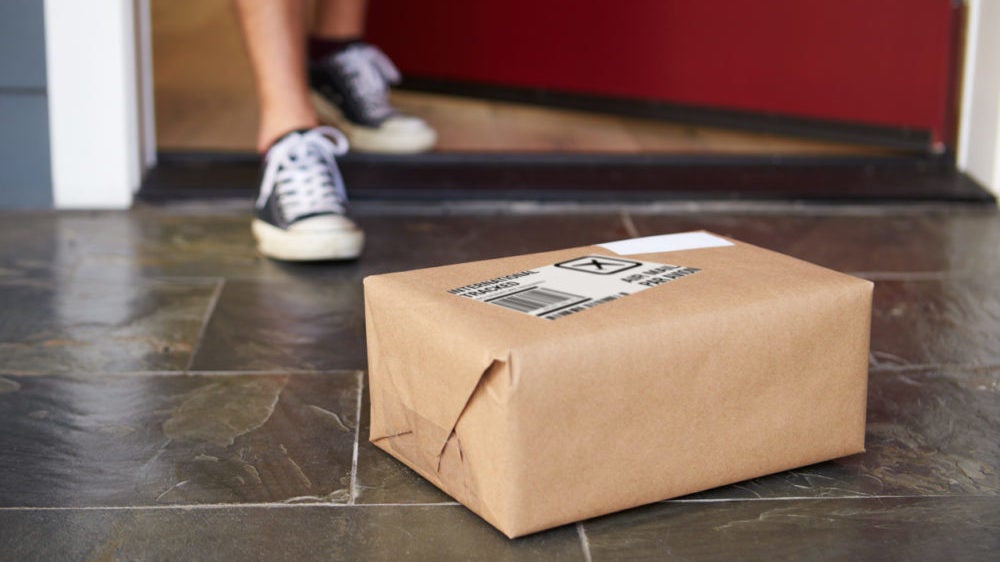Office Hours: Christie Nordhielm Explains How Both Consumers and Retailers are Adapting Amid COVID-19
With the increasing e-commerce demand due to the COVID-19 pandemic, many companies are shifting their focus to accommodate consumer needs. Christie Nordhielm, associate teaching professor of marketing at the McDonough School of Business, tells us how companies are adjusting their advertising methods and how the retail industry is adapting to this new environment.
How does a company assess if it makes sense to address coronavirus in advertising campaigns?
Any company’s advertising campaign has to reflect the culture of its target audience at the time they are communicating with consumers. COVID-19 has affected nearly everyone, so all companies have to take this into account. The first decision they have to make during this global crisis is whether or not to advertise. In some cases, a seemingly innocent campaign during normal times can ring false or even offend audiences during the pandemic. Firms in the travel and tourism industries, for example, would probably be better off conserving their marketing dollars right now. However, there is fairly substantial data indicating that companies who keep advertising during economic downturns fair better during the subsequent recovery.
To advertise successfully, companies have to assess what value they can add during this time of uncertainty. Essential services like health care providers or food delivery services are using this time to remind people that they have always provided these services and will continue to be a source of reliability for these essential goods. Other industries, such as packaged goods, entertainment, and technology, need to take a hard look at what value they can offer at this time, how that value ties to their long-term positioning, and whether they can communicate that value in a way that is relevant and sensitive to their customers as they face these current challenges.
With the harsh reality that coronavirus presents, how do companies anchor their messaging in compassion?
It is crucial for a company to be as authentic as possible during this time, especially with the rise of social media. Companies do this well when they are able to read the environment and develop a creative response to sometimes drastic changes. Right now, the universal message across many organizations is: “We care.” As more and more companies continue to push that same message, it becomes redundant and has less of an authentic impact. Companies need to respond in a way that not only differentiates them from everyone else, but also connects the company’s mission to the hardships people are facing in a specific and meaningful way. Simply put, it is not enough to say, “we care.”
What shifts in consumer behavior do you see now and will any remain permanent after the pandemic ends?
I hope that some of these shifts we are starting to see remain permanent. Right now, we have seen a decline in overall consumption and if that turns into a decrease in rampant materialism, then we may start to see people shifting their energies to producing and creating, rather than consuming. It is also beneficial that people are being forced to engage online, while some are learning new skills and ways of connecting that they will leverage far beyond the pandemic. Additionally, the short-term environmental impacts we are seeing in pollution levels around the world may have given us more insight into the impact of consumption on the environment.
Pre-coronavirus, we were already facing the “Amazonification” of retail. Did coronavirus just halt any shot at the recovery of retail?
I think we are seeing a glimmer of hope for smaller retailers. Amazon has already taught them that they need to have an online presence. Before the pandemic the key challenge was luring customers away from Amazon, which offered greater assortment and better delivery times. Before the crisis, Amazon was already near capacity, in terms of their ability to fulfill orders. As the number of people ordering online spiked Amazon’s ability to deliver these benefits, its delivery times extended exponentially. In some cases, this drove people to look to other online sources, often going directly to small and medium sized businesses who were able to deliver more quickly. Of course, Amazon has experienced a massive uptick in sales and valuation during the pandemic, but many other firms who have recognized this online opportunity are also gaining a foothold.
Other large retailers like Best Buy are taking advantage of both their online retail presence and in-person store presence by engaging in a hybrid model: order online and curbside pickup. This allows consumers to get their items the same day they order them, thus, reducing both the risk and shipping time. I think this moment in time could be an amazing opportunity for those retailers who might have felt “pushed out” by Amazon to re-engage with their former and potential customers by providing a clear benefit.
